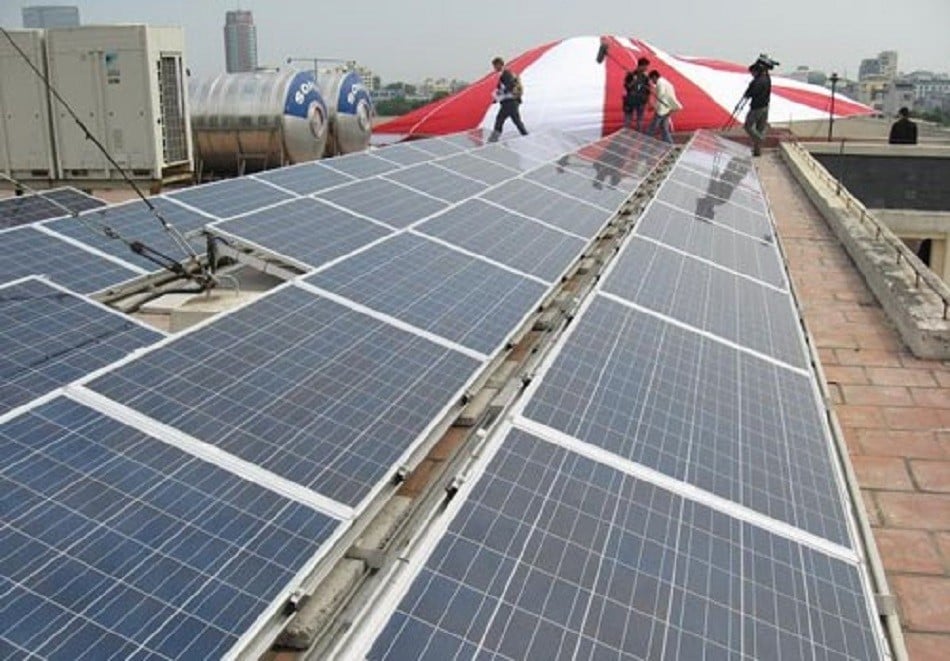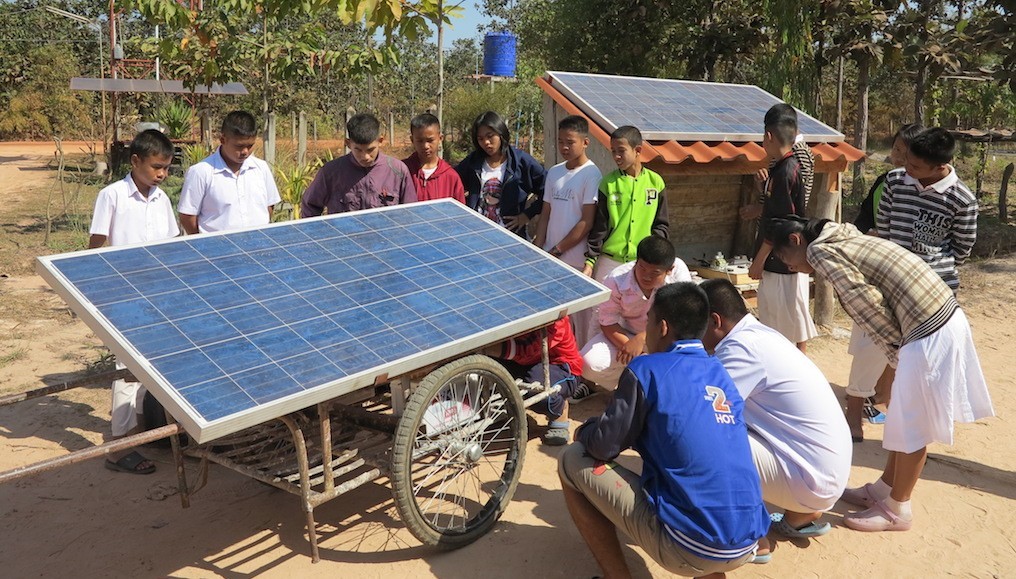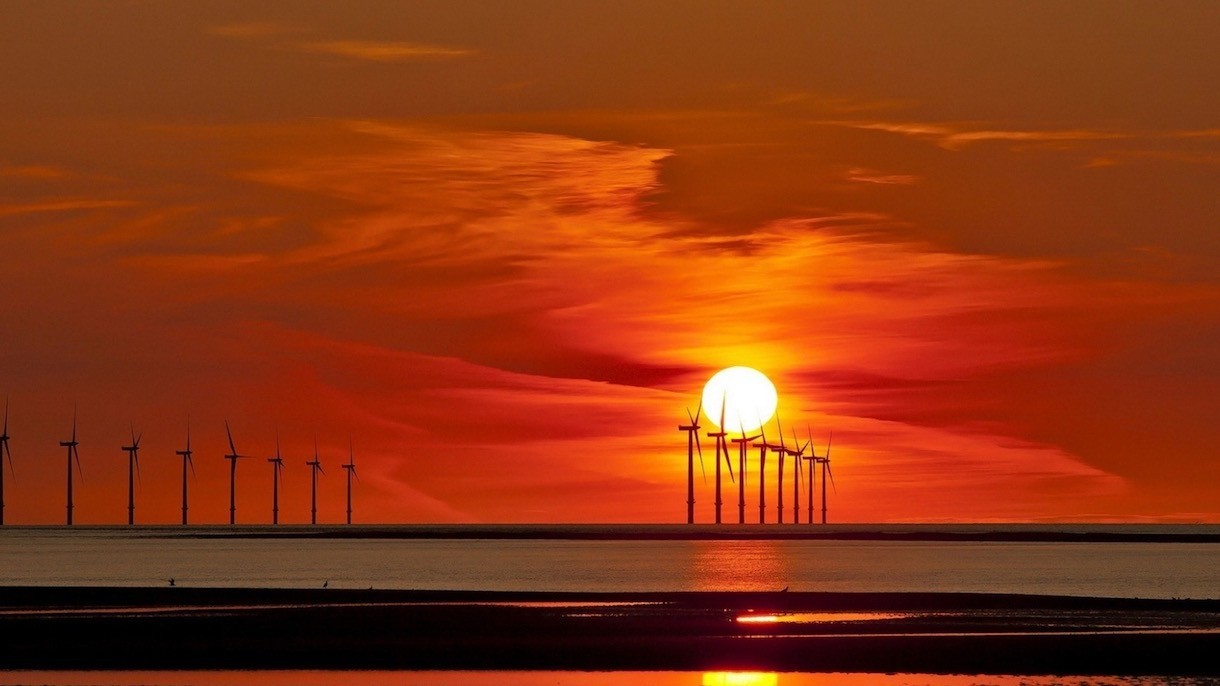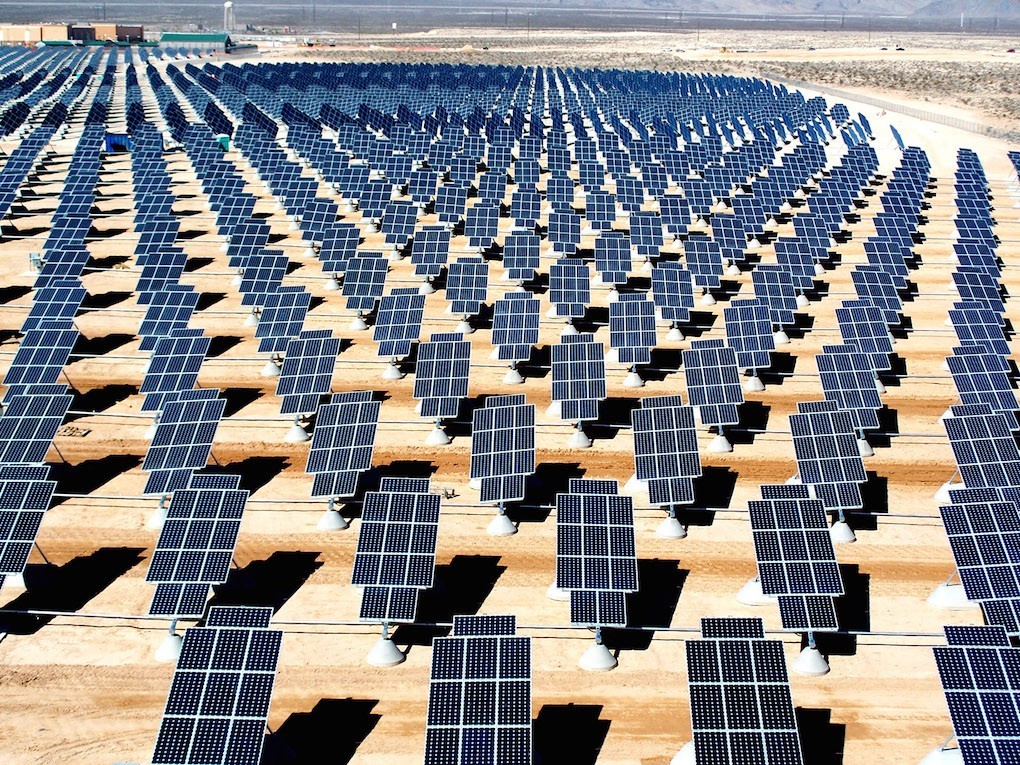A shortage of policies on power tariffs for renewable energy, particularly solar electricity, has prevented the sector from attracting investors, said Prof Dang Dinh Thong from the Vietnam Clean Energies Association (VCEA).
Tag: renewable energy
Myanmar green energy sector faces hurdles
Myanmar’s goal of achieving a 100 per cent electrification rate by 2030, with 20 per cent of energy from renewable sources, is achievable but several hurdles need to be tackled first, energy experts have said.
At the Myanmar Green Energy Summit 2016 last week, panellists agreed that hydroelectricity, plus wind and solar energy, were good choices given available resources.
WB, Singapore-based fund invest in Vietnam’s hydropower
IFC and Armstrong, with a combined stake of 36 percent, will take a 16 and 20 percent equity stake in GEC, respectively. For both it is their first investment in Vietnam’s power sector. The investment will help the company expand its hydropower portfolio and invest in other renewable energy segments, such as wind and solar power.
Based in the Central Highland province of Pleiku, GEC joined the Thanh Thanh Cong Group in 2013. With charter capital of 715 billion VND (34 million USD), GEC was one of the largest private sector hydropower players in Vietnam, with 84.4 MW of installed capacity across 15 run-of-the-river small-scale hydro power plants.
Report: Coal and gas to stay cheap, but renewables still win race on costs
Low prices for coal and gas are likely to persist, but will fail to prevent a fundamental transformation of the world electricity system over coming decades towards renewable sources such as wind and solar, and towards balancing options such as batteries.
The latest long-term forecast from Bloomberg New Energy Finance, entitled New Energy Outlook 2016, charts a significantly lower track for global coal, gas and oil prices than did the equivalent projection a year ago. Crucially, however, it also shows a steeper decline for wind and solar costs.
Improving solar energy solutions in Vietnam and Cambodia
Solar energy is a clean and available energy source. If this renewable energy source is used effectively, then the deforestation from hydropower construction will not happen anymore. Vietnam and Cambodia are two countries in South East Asia that have advantages in solar energy sources.
A reality check for renewable energy
The clean-and-safe energy revolution is not imminent. In fact, according to the information compiled by Looking Ahead: The 50 Global Trends That Matter,1an annual compendium of data and graphics on subjects ranging from economics to demography to energy, the majority of the planet’s electricity needs will still be fueled by coal and natural gas in 2040—despite strong growth in nonhydro renewables such as wind, solar, and geothermal. The report also expects the shale phenomenon to abate, with Saudi Arabia reasserting itself as the world’s leading oil producer in 2030.
Looking Ahead, which is produced by an independent think tank supported by Abu Dhabi’s Crown Prince Court, does not take a view on these trends; instead, it simply lays out the best available information from a wide variety of sources, including governments, consultancies, think tanks, corporations, and multilateral institutions. The overriding aim of the publication is to highlight issues that matter in compelling visualizations that make it easier for readers to grasp a large amount of interlinked data—and thus better understand both the nature of the problems the world faces and how to address them.
Energy projects to spark FDI growth
The local energy sector is expected to be the next driver for foreign direct investment growth in Vietnam this year.
Gunkul studies feasibility of infrastructure fund for expansion
Renewable-energy company Gunkul Engineering is conducting a feasibility study on setting up an infrastructure fund to improve cash flow and control its debt as it expects to require more money to expand both locally and abroad.
Gunkul president Sopacha Dhumrongpiyawut said the company had appointed Siam Commercial Bank as financial adviser for the proposed infrastructure fund, which should be around Bt4 billion to Bt5 billion in size.
The infrastructure fund would ensure that the company had sufficient cash flow to expand, and it might not increase capital in the short term.
Keeping it Clean: Renewable Energy a Better Way for Myanmar
Villagers in Ayeyarwady Region, Mon State and elsewhere across Myanmar are refusing to accept plans for power projects in their neighbourhoods, fearful pollution will harm their health, farms and fisheries. Evidence from around the world, including China, India and Thailand, suggests they are right to be worried.
In 2014, energy use caused damage worldwide amounting to US$5.3 trillion, according to analysts’ estimates at the International Monetary Fund. Of that, $5.124 trillion was due to fossil fuels with two-thirds attributed to coal. Climate change accounted for a quarter of the costs, with the rest due to sickness, premature death and degradation of the environment.
Analysts believe the damage adds up to 8-16 per cent of GDP for developing countries in Asia, which for Myanmar equates to $4-8 billion in 2014.
On Energy Policy, Experts and Officials Differ
Experts last week urged Cambodia to move away from large-scale hydropower and coal projects and toward more environmentally friendly sources of power or risk long-term energy insecurity, following the launch of a report by investment and advisory firm Mekong Strategic Partners in Phnom Penh. The report highlights how the increasing affordability of renewable technology combined with an international interest in efficiency and sustainability are leading most countries away from fossil fuels—with Cambodia seemingly heading in the opposite direction.







